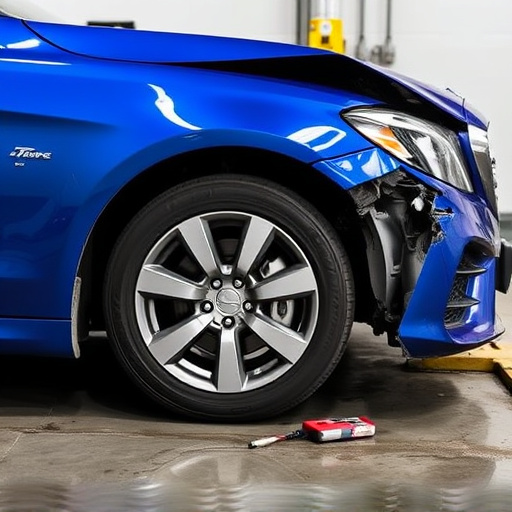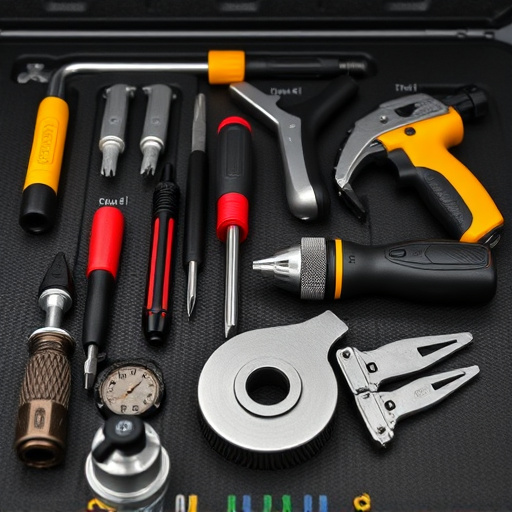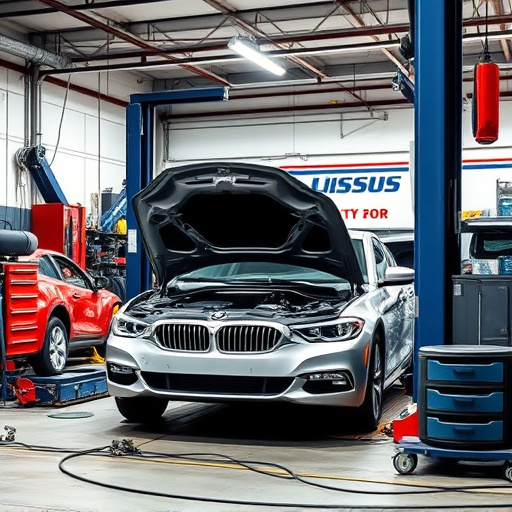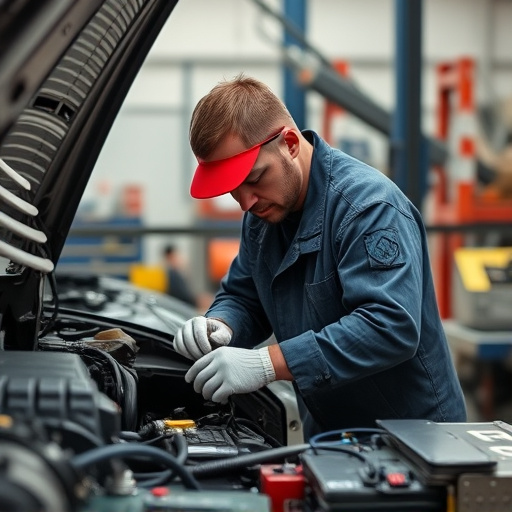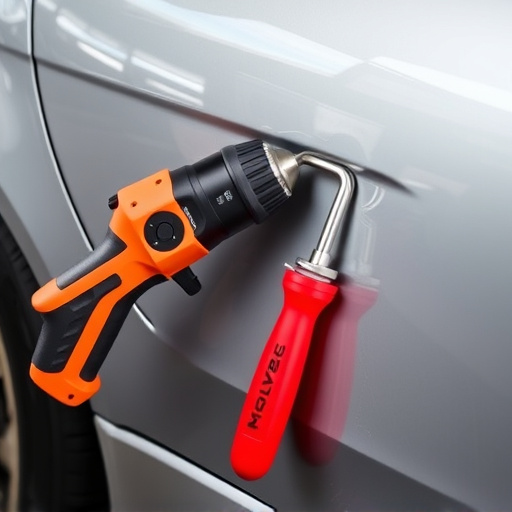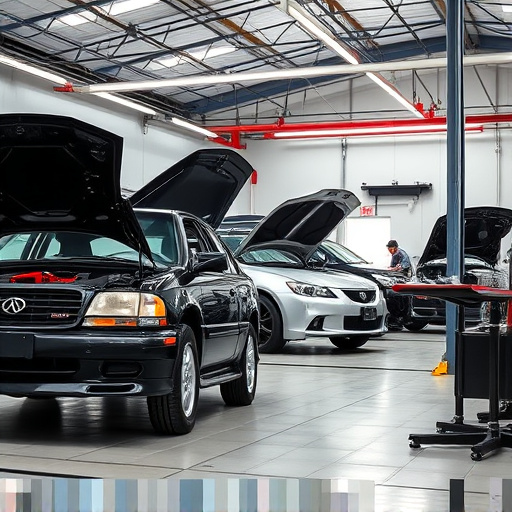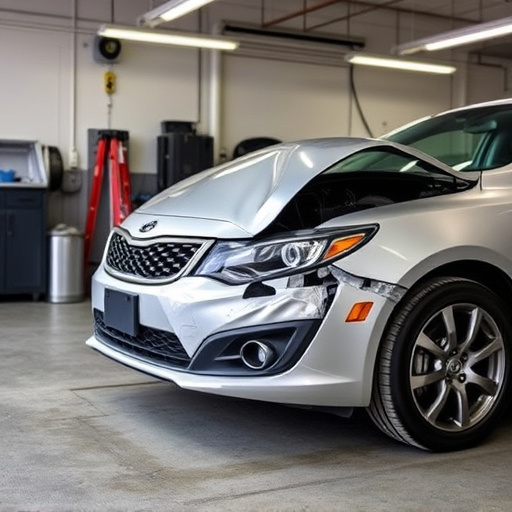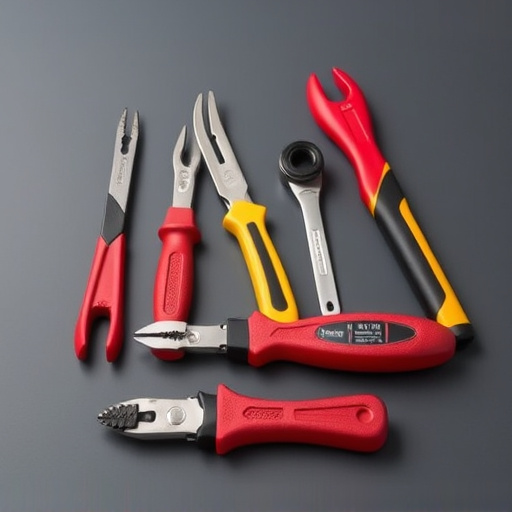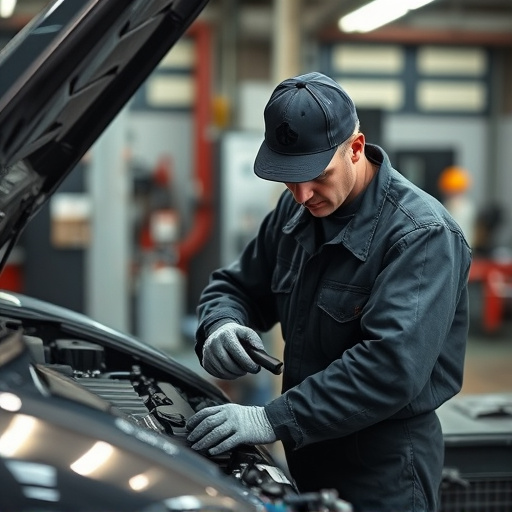TIG welding collision systems streamline automotive repairs, integrating sensors and computer aids to accurately assess damage, plan meticulous repairs, and meet rigorous repair standards. These systems enhance quality and safety in dent repair processes, utilizing precise GMAW welds to minimize structural weaknesses and distortions, accommodating complex geometry repairs, and maintaining vehicle structural integrity.
TIG welding collision systems are transforming industrial repairs, offering precise and efficient solutions. This article delves into the world of TIG (Tungsten Inert Gas) welding, exploring how these advanced systems meet stringent industry repair standards. We’ll examine the fundamental principles behind TIG welding collision systems, the critical repair standards they must adhere to, and the safety, quality, and precision benefits they bring to workshops worldwide.
- Understanding TIG Welding Collision Systems
- Industry Repair Standards: Requirements and Compliance
- Ensuring Quality and Safety Through TIG Collision Systems Implementation
Understanding TIG Welding Collision Systems

TIG welding collision systems are specialized tools designed to accurately assess and rectify damage in automotive repairs, particularly focusing on car paint repair and collision repair processes. These systems utilize a TIG (Tungsten Inert Gas) welder, known for its precision and capability to join metals with minimal heat input. By employing advanced sensors and computer-aided technology, these systems measure the impact of collisions, identifying areas of misalignment and damage depth.
This data enables technicians in automotive repair to accurately plan restoration work, ensuring structural integrity while facilitating seamless car paint repair. The systems’ versatility extends beyond collision repair, as they can be utilized for a range of applications, from body panel replacements to intricate metal fabrication tasks within the broader scope of automotive repair services.
Industry Repair Standards: Requirements and Compliance
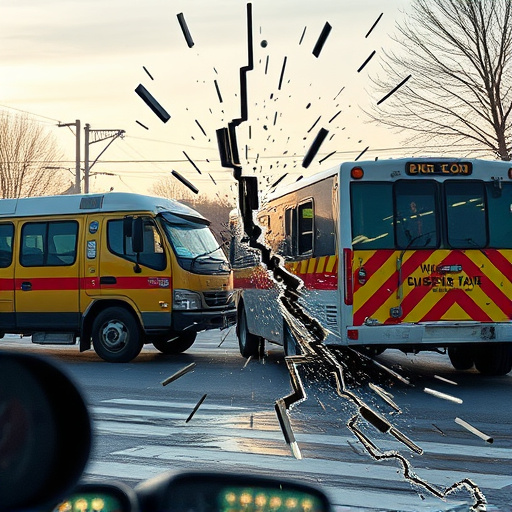
In the automotive industry, maintaining precise standards is paramount to ensure vehicle safety and performance. Industry Repair Standards set forth guidelines for various aspects of vehicle maintenance, including collision repair and welding processes. When it comes to TIG (Tungsten Inert Gas) welding collision systems, these standards mandate adherence to strict protocols for material compatibility, welding techniques, and quality control measures. Compliance with such standards is crucial for car bodywork services and bumper repairs, ensuring that vehicles return to their pre-collision condition or even surpass original specifications in classic car restoration projects.
The requirements encompass detailed specifications for weld strength, visual aesthetics, and structural integrity. For instance, TIG welding collision systems must be capable of handling a wide range of metal types commonly found in modern vehicle designs. Moreover, these systems require precise control to produce clean, consistent welds with minimal distortion, especially when dealing with delicate car bodywork components or intricate bumper repair details. Regular calibration and maintenance ensure that the equipment meets these standards consistently, ultimately contributing to the overall quality of automotive repairs.
Ensuring Quality and Safety Through TIG Collision Systems Implementation
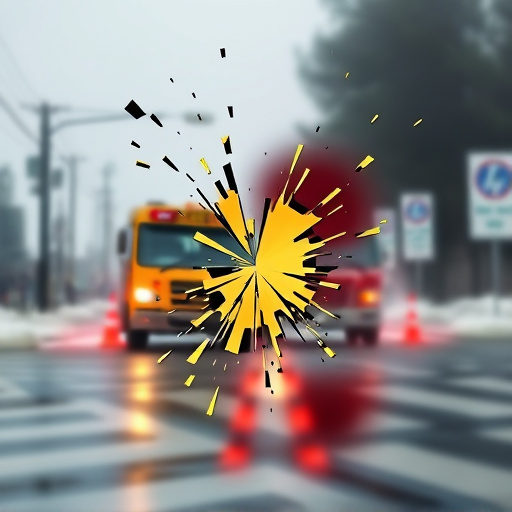
Implementing TIG welding collision systems is a game-changer for auto collision centers and car body repair shops, ensuring both quality and safety in vehicle dent repair processes. These advanced systems utilize gas metal arc welding (GMAW), also known as TIG welding, to create precise and strong welds, minimizing the risk of structural weaknesses or distortions that can occur with traditional methods.
The integration of TIG collision systems offers several advantages. It allows for complex geometry repairs, accommodating intricate car body shapes and contours with ease. Moreover, TIG welding generates less heat input, reducing the chance of metal degradation or warping commonly seen in heavy-duty auto body work. This precision and control are vital in achieving top-notch repairs, ensuring customer satisfaction, and maintaining the vehicle’s structural integrity.
TIG welding collision systems stand as a reliable solution for meeting industry repair standards, ensuring both quality and safety. By understanding these systems and their role in mitigating collisions during intricate welding processes, professionals can achieve superior results while adhering to stringent industry regulations. This approach not only enhances the structural integrity of repairs but also underscores the importance of advanced technologies in modern industrial practices.



